Fixturing and work holding can be huge problems for hackers. Let’s face it – that $5, alligator clip-festooned “Helping Hand” is good for only the smallest of workpieces, and the problem only gets worse as the size scales up. One can jury rig fixtures for things like microscopes and lights, but a systematic approach like this 3D-Printed work fixturing Erector Set really appeals to our need for organization.
As [Tinkers Projects] explains it, the genesis of this project came from a need to mount a microscope firmly over a PCB. Rather than build a one-off fixture, the idea of a complete system of clamps and connectors seemed to make more sense. Based on 10-mm aluminum rods and a bewildering number of 3D-printed pieces, the set has just about everything needed to fixture pretty much anything. There’s a vertical element that acts as the central support, connectors for putting another rod perpendicular to that, plus neat attachments like a three-fingered clamp for small cylindrical objects and a couple of blocks that act like a stick-vise for PCBs and similar workpieces. And yes, there’s even a fixture with alligator clips. The whole thing seems very well thought out and has a little mad scientist vibe to it, but while some fixtures look as if they came right from the chemistry lab, we’d be cautious about chemical compatibility and use near heat sources.
[Elliot Williams] did a rundown of what people are using for helping hands a couple of years ago which made us covet articulating dial indicator arms for our bench. Still, [Tinkers Projects]’ approach has a lot of appeal and is probably cheaper and more versatile to boot.

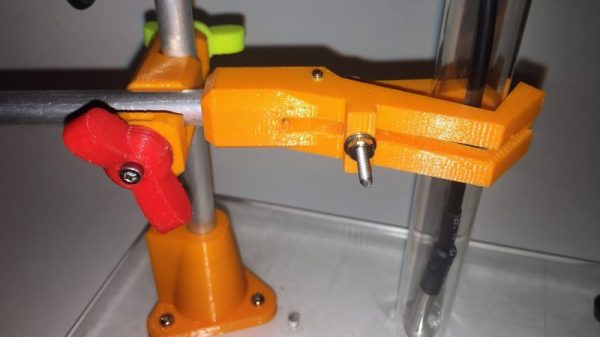


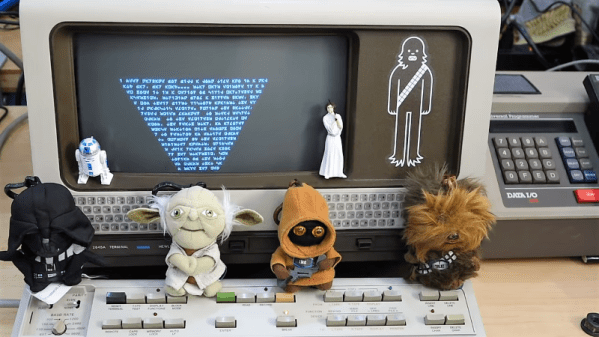
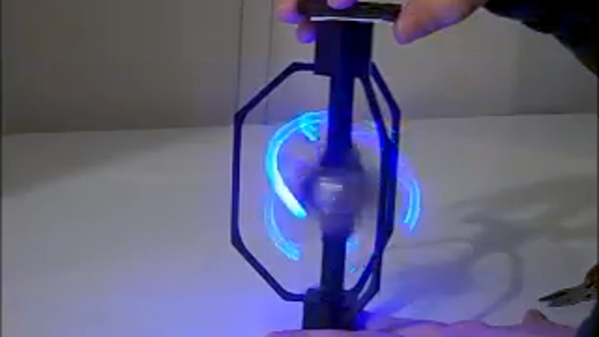
 [Bithead] wanted to make a prop replica of an Electrostaff from Star Wars, but wasn’t sure how best to create the “crackling arcs of energy” effect at the business ends. After a few false starts, he decided to leverage the persistence of vision effect by
[Bithead] wanted to make a prop replica of an Electrostaff from Star Wars, but wasn’t sure how best to create the “crackling arcs of energy” effect at the business ends. After a few false starts, he decided to leverage the persistence of vision effect by 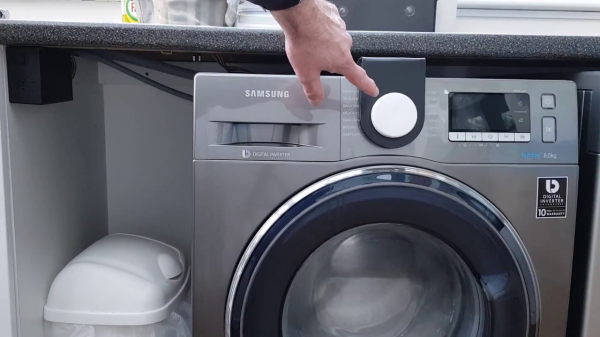

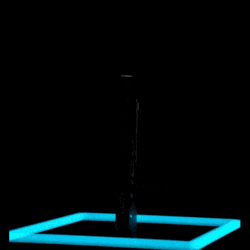 Light painting is the process of moving a light while taking a long-exposure photograph, which creates a sort of drawing from the path of the light source. It’s been done in one way or another since at least the early-to-mid 1900s, but modern hardware and methods have allowed for all kinds of new spins on this old idea. [Josh Sheldon]
Light painting is the process of moving a light while taking a long-exposure photograph, which creates a sort of drawing from the path of the light source. It’s been done in one way or another since at least the early-to-mid 1900s, but modern hardware and methods have allowed for all kinds of new spins on this old idea. [Josh Sheldon] 








